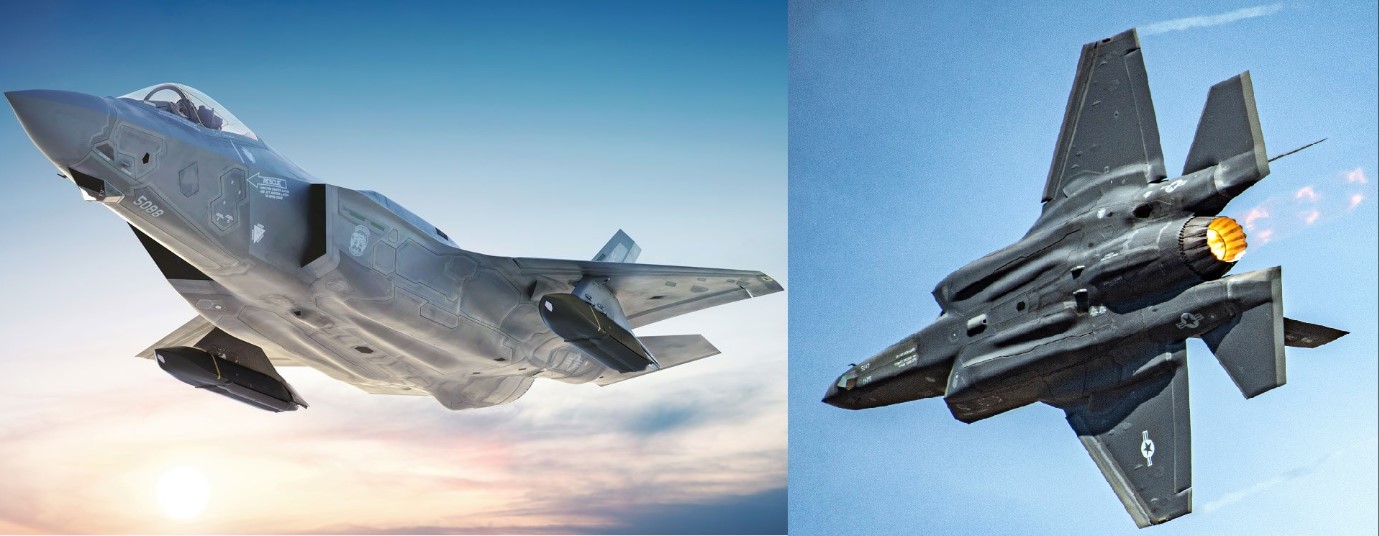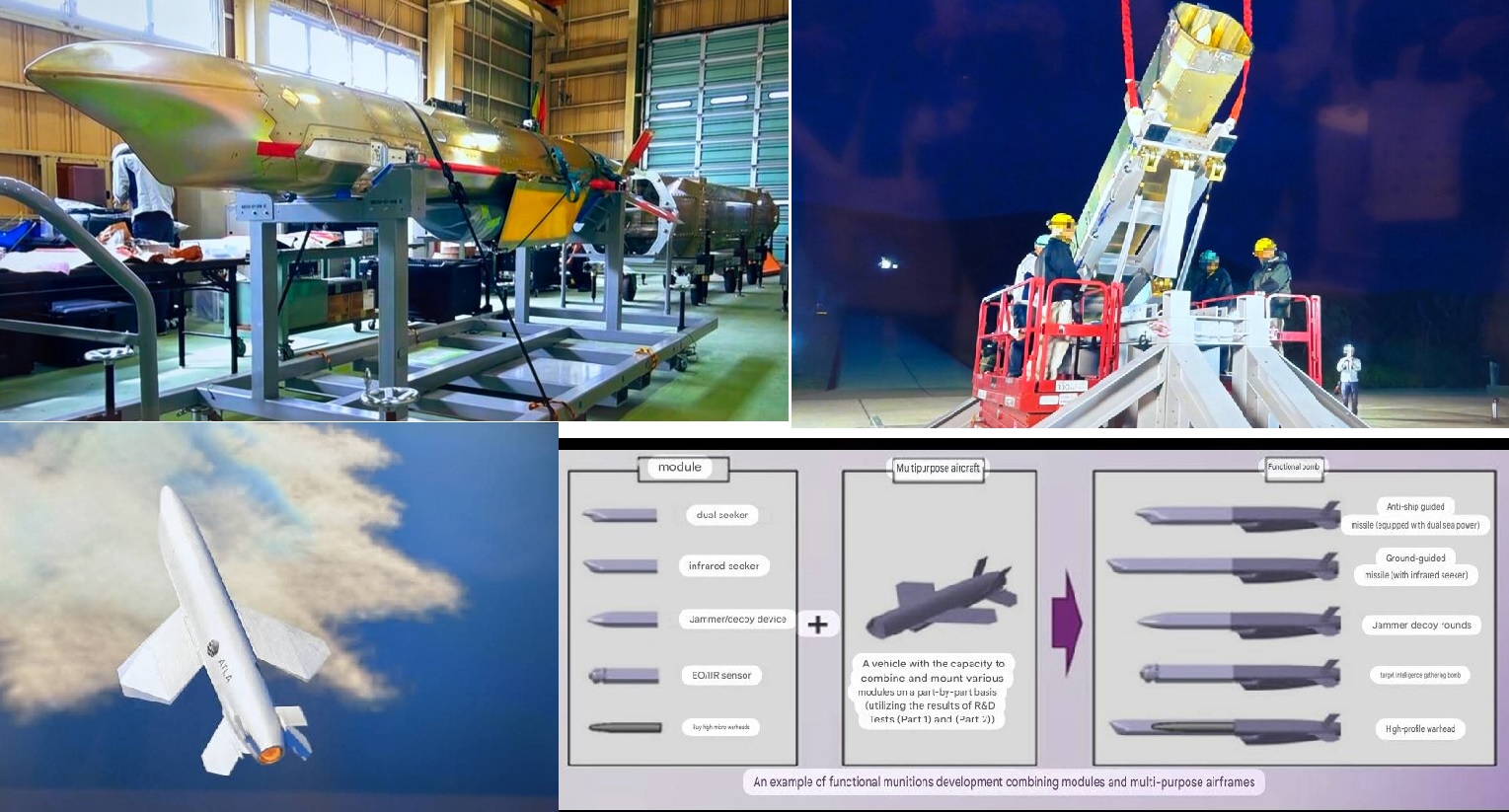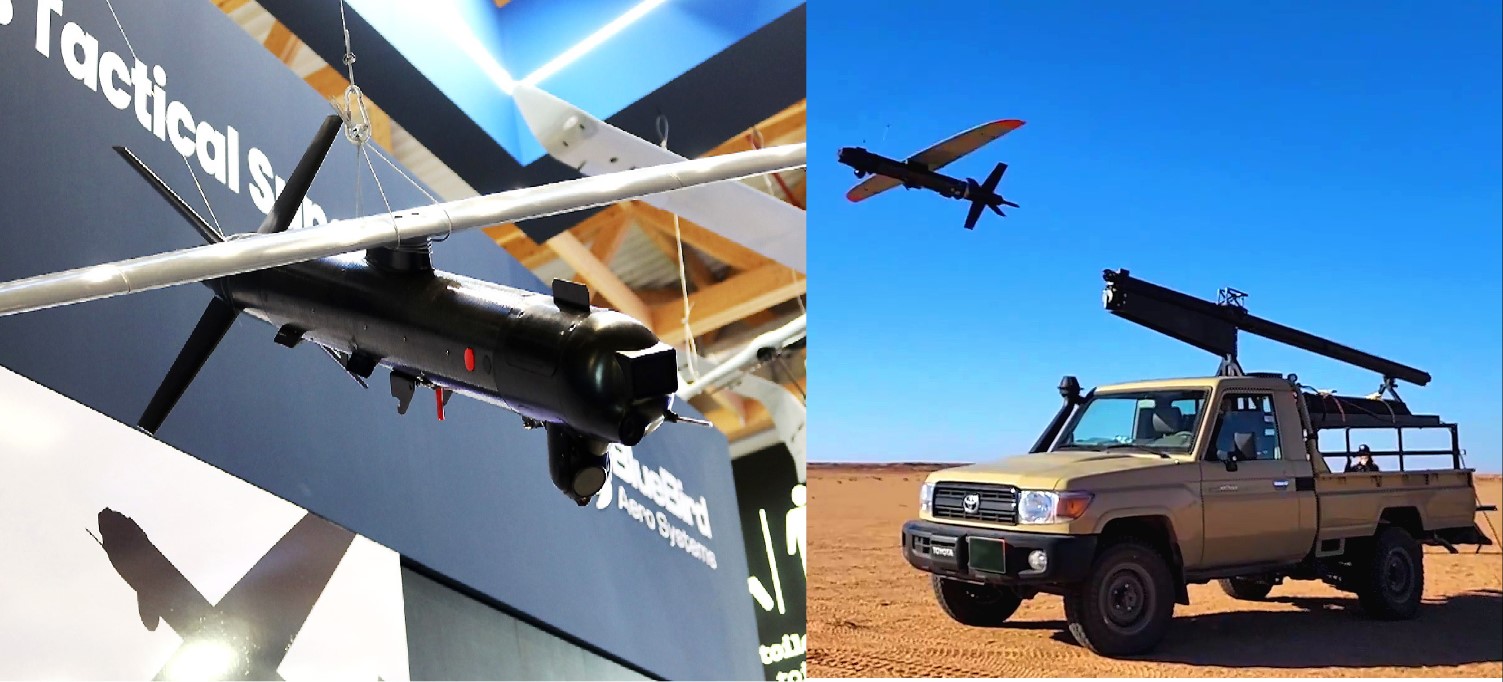U.S. Officials Fear Saudi F-35 Sale Could Open Indirect Door for China as Security Ties Deepen

Washington — A proposed U.S. sale of F-35 fighter jets to Saudi Arabia has advanced through a key Pentagon review, but senior American officials and intelligence agencies are warning that the kingdom’s expanding security and technology partnerships with China could put the aircraft’s most sensitive systems at risk.
Saudi Arabia has requested up to 48 F-35A fighters, a multibillion-dollar package that would make the kingdom the second Arab state—after the UAE—to operate the world’s most advanced stealth jet. The request, quietly greenlit at an initial technical stage earlier this month, now moves toward a political showdown in Congress, where lawmakers must weigh Middle East dynamics, technology protection and the U.S. commitment to Israel’s military superiority.
A Deal Moving Forward—But With Major Strings Attached
U.S. defense officials say the Saudi file has reached the same milestone the UAE achieved in 2020, when its own bid passed a Pentagon technical assessment. The package reportedly includes the aircraft, training, simulators, long-term sustainment, weapons integration and access to the global F-35 logistics network—an ecosystem that tightly controls mission-data libraries, software loads and encrypted communications.
But it is the aircraft’s core technology—stealth materials, electronic-warfare architecture, sensor fusion algorithms and the secure Multifunction Advanced Datalink (MADL)—that has triggered intense concern inside U.S. intelligence circles.
The China Factor
According to reporting on a classified Defense Intelligence Agency (DIA) assessment, officials do not believe Riyadh would deliberately hand an intact F-35 to Chinese personnel. Instead, the risk is seen as incremental and systemic: technology leakage through embedded Chinese technicians, cloud-service providers, digital infrastructure contracts or joint manufacturing ventures that form part of Saudi Arabia’s Vision 2030.
These are precisely the pathways that DIA analysts fear Beijing could use to glean insights into the F-35’s electronic architecture—data that could benefit China’s J-20 and J-35 stealth-fighter programs and improve long-range missiles such as the PL-15 and PL-17.
Expanding Sino-Saudi Ties Deepen U.S. Anxiety
China is one of Riyadh’s largest energy customers, and President Xi Jinping’s high-profile 2022 visit yielded 34 agreements worth an estimated $30 billion, covering cloud computing, digital services, infrastructure and logistics. A major cloud-services partnership with Huawei was central to that package, directly echoing issues that previously derailed the UAE’s own F-35 negotiation.
In Abu Dhabi, U.S. officials feared Huawei-run 5G networks near planned F-35 operating bases could be exploited for silent data harvesting. The UAE ultimately froze the deal in 2021 amid those American demands for network segregation and intrusive inspection rights.
U.S. intelligence has since cited a separate case involving a UAE-based AI firm whose cooperation with Huawei allegedly helped China enhance the range and target-discrimination algorithms of the PL-15/PL-17 missile family. The incident is being used in Washington as a cautionary example of how commercial technological partnerships can bleed into military advantage.
Vision 2030 Raises the Stakes
Saudi Arabia’s Vision 2030 seeks to localize 50% of defense spending, including missile manufacturing, UAV assembly lines and advanced munitions plants—many of which involve foreign technology partners, including Chinese firms.
If the F-35 deal proceeds, U.S. officials are preparing a strict set of conditions such as:
-
banning Chinese telecommunications equipment from any area linked to F-35 bases, depots or networks;
-
segregating cloud services and data centers from Chinese-linked operators;
-
continuous end-use monitoring by U.S. personnel;
-
restrictions on where Saudi F-35s may be based and maintained;
-
potential prohibitions on mixed-nationality workforces in maintenance zones.
Officials who worked on the UAE case say the Saudi requirements may be even more onerous given the scale of China’s footprint and the sensitivity of Vision 2030 industrial corridors.
The Practical Barriers to Tech Leakage
Despite U.S. fears, American officials also acknowledge that the F-35 cannot easily be handed over or reverse-engineered. The aircraft depends on encrypted U.S. software, mission-data files and a global maintenance infrastructure. Any unauthorized modification would trigger system lockouts, degrade combat readiness and could leave Saudi Arabia with grounded aircraft. Export agreements and the threat of sanctions provide added leverage.
Still, the Pentagon’s protective instinct has only hardened since the UAE episode. Officials point to the F-35 as the “crown jewel” of U.S. airpower—an asset Washington is willing to withhold even from close partners if data-security guarantees fall short.
Israel’s Concerns Loom Over the Debate
Another major hurdle is Israel’s Qualitative Military Edge (QME), enshrined in U.S. law. Israel operates several squadrons of uniquely configured F-35I Adir jets, featuring custom avionics and weapons. Israeli leaders have privately expressed discomfort with the idea of a large Saudi F-35 fleet—even one with downgraded export features—at a time when Riyadh is expanding military and industrial ties with Beijing.
With Congress already skeptical of Saudi Arabia over Yemen, human-rights concerns and the Khashoggi killing, the new intelligence assessment on China is likely to give lawmakers additional political ammunition to delay, condition or block the sale.
A Deal That Could Reshape U.S.–Saudi Relations
The F-35 request comes as Washington and Riyadh pursue a broader strategic framework involving security guarantees, civil nuclear cooperation and potential normalization with Israel. For Saudi Arabia, securing the F-35 is symbolically tied to this wider realignment.
But for the U.S., the question is whether the kingdom can—or will—curb China’s growing influence enough to protect the most sensitive fighter aircraft ever exported.
In the weeks ahead, the debate in Washington is expected to intensify, with the F-35 at the center of a larger, unresolved question: Can the United States maintain its technological edge while courting partners whose strategic doors are increasingly open to China?
✍️ This article is written by the team of The Defense News.





